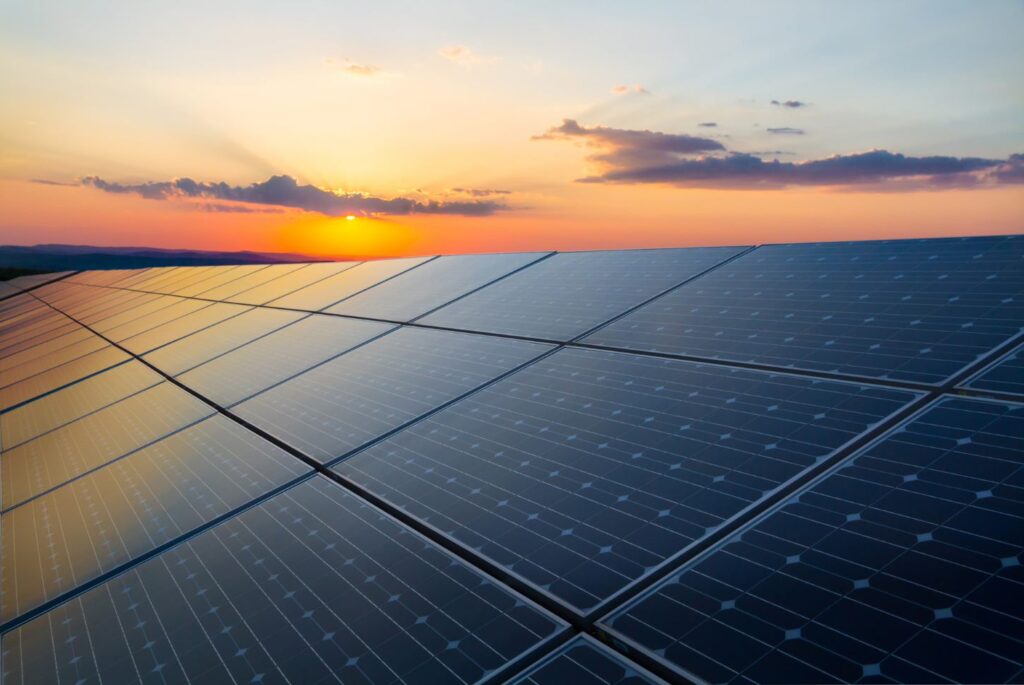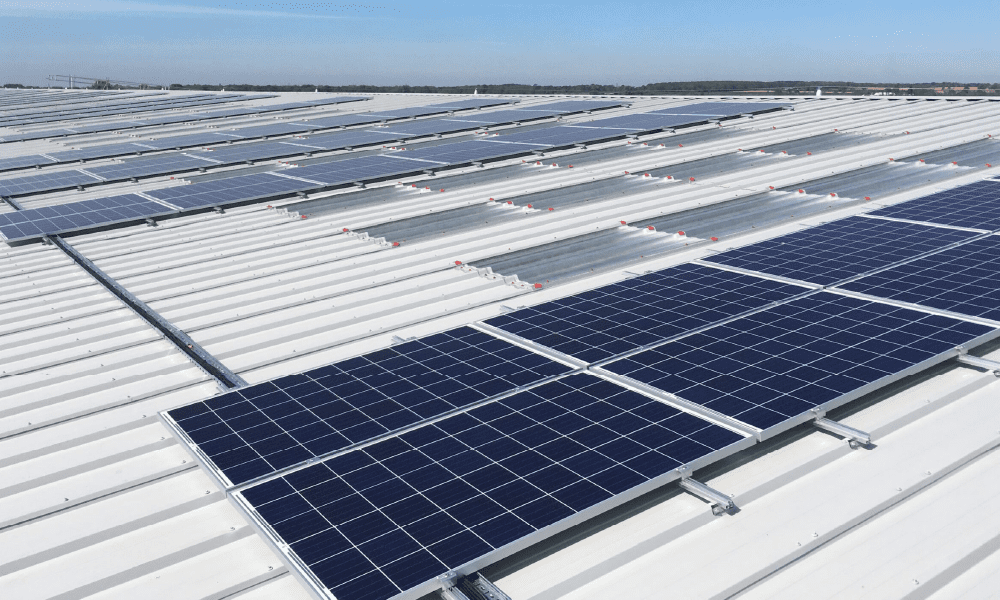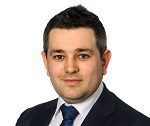The UK’s problem with Solar Energy
Measuring carbon footprints and offsetting them through alternative energy sources, like solar energy, has traditionally been confined to the business and government worlds. Today, however, ‘carbon footprint’ has become a household term. Individuals are recording their own carbon footprint and making personal choices on everyday items such as diet, purchases and travel based on associated carbon emissions.
The significant impact of carbon emissions on global warming has been recognised universally, with the majority of developed countries committing to international targets and initiatives, along with many of the companies which operate within them.
The UK’s journey to Net Zero
The UK Government recently set its own carbon reduction targets outlining the UK’s ambitions on the journey to Net Zero. This includes fully decarbonising the country’s power system by 2035, shifting to renewable and green energy sources including significantly increasing the UK’s solar and offshore wind capacity. A significant part of this will rely on integrating clean energy sources into the electricity system in a smart and flexible way, using excess supply during periods of high generation and low demand, and improving energy storage and grid links.
The logistics industry has a crucial role to play here, providing significant scope for increased renewable energy capacity. Warehouses by nature have large roofscapes which are ideal for the installation of photovoltaic (PV) arrays. This offering not only helps to attract tenants, who are becoming increasingly environmentally conscientious and are keen to secure self-sufficient, cheaper renewable energy supplies, but also benefits the wider climate agenda.

GLP’s capabilities
Across the world, GLP has 415 megawatts (MW) of installed solar PV systems which can generate approximately 430 gigawatt hours (GWh) annually and significantly reduce CO2 emissions.
The clean energy generated by GLP is sold back to utility companies and customers, reducing the pressure on local electricity grids and positively impacting communities, tying into GLP’s overall ESG and sustainability goals.
In Europe, we have about 20 MW of capacity installed across 15 projects but with the ambition of delivering 500 MW over the next few years.
With this perceived synergy between developer and governmental targets, one would assume that parliament would go to great lengths to remove obstacles for developers who use technology such as PV installation to reduce electrical usage and carbon emissions. However, there is a fundamental issue throughout the country; years of underinvestment in the UK’s electricity network is severely limiting the availability of connections to the grid.
Regardless of whether the building plans to use all generated power (with no export) or export to the grid, a connection for the full capacity of potential electricity generated is required before the PV system is permitted to be connected to the building.

The real cost of delays
Frustratingly, in most areas of the country, issues arise regularly where grid connections have no capacity for renewable energy such as PV installations. Feedback received on one recent GLP development was that no grid capacity will be made available for at least six years; a shockingly long delay, given the urgency of the climate crisis. This particular connection for PV installation on GLP rooftops would have had the capacity to supply over 20,000 homes.
Stefano Fissolo, Senior Director of Renewables at GLP Europe, says, ‘With recent projects achieving carbon reductions of over 40% compared to the market average, GLP’s ambitious targets for reaching Net Zero throughout the UK and Europe will be delivered significantly in advance of governmental targets. As a business, we are prioritising renewables and the capacity for clean energy generation at all of our sites; but there is only so much we can do when we come up against barriers like these. Climate goals – both at a firm level and a national level – would be achieved much faster if obstacles were removed.”
With the current cost of living crisis and news of potential winter ‘blackouts’, it is astounding that neither the network operators nor the UK government have acted to resolve this problem. The wasted potential even within GLP developments is vast, yet this only signifies a small proportion of projects facing this issue across the country. If swift action was taken to remove barriers, it could generate a boost in renewable energy supply which would be in the best interest of tenants, the country and the environment.

How GLP is pushing back
GLP, alongside other developers, are ready and willing to push ahead with significant renewable energy installations country-wide. These have the potential to significantly contribute to the UK’s Net Zero aspirations, whilst supporting the country’s energy security and helping to drive down energy prices.
But developers cannot do this alone. Action is required from both the UK government and network operators in order to allow the logistics industry to support carbon reduction in the UK. With the clock ticking on climate change, the country needs to immediately address barriers to boosting renewable energy supply – or risk shooting itself in the foot.
